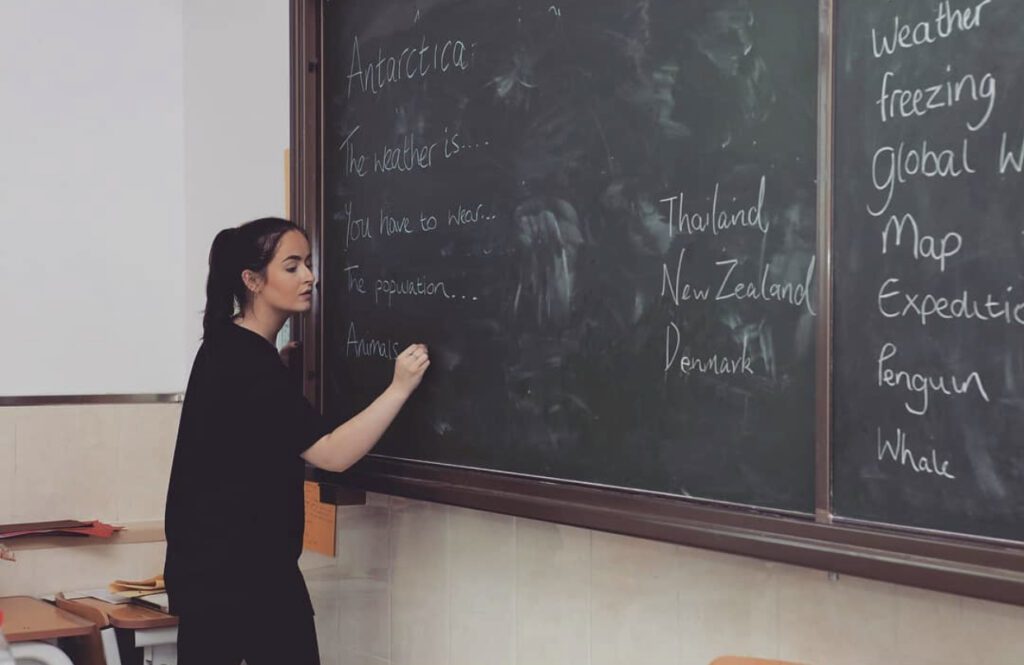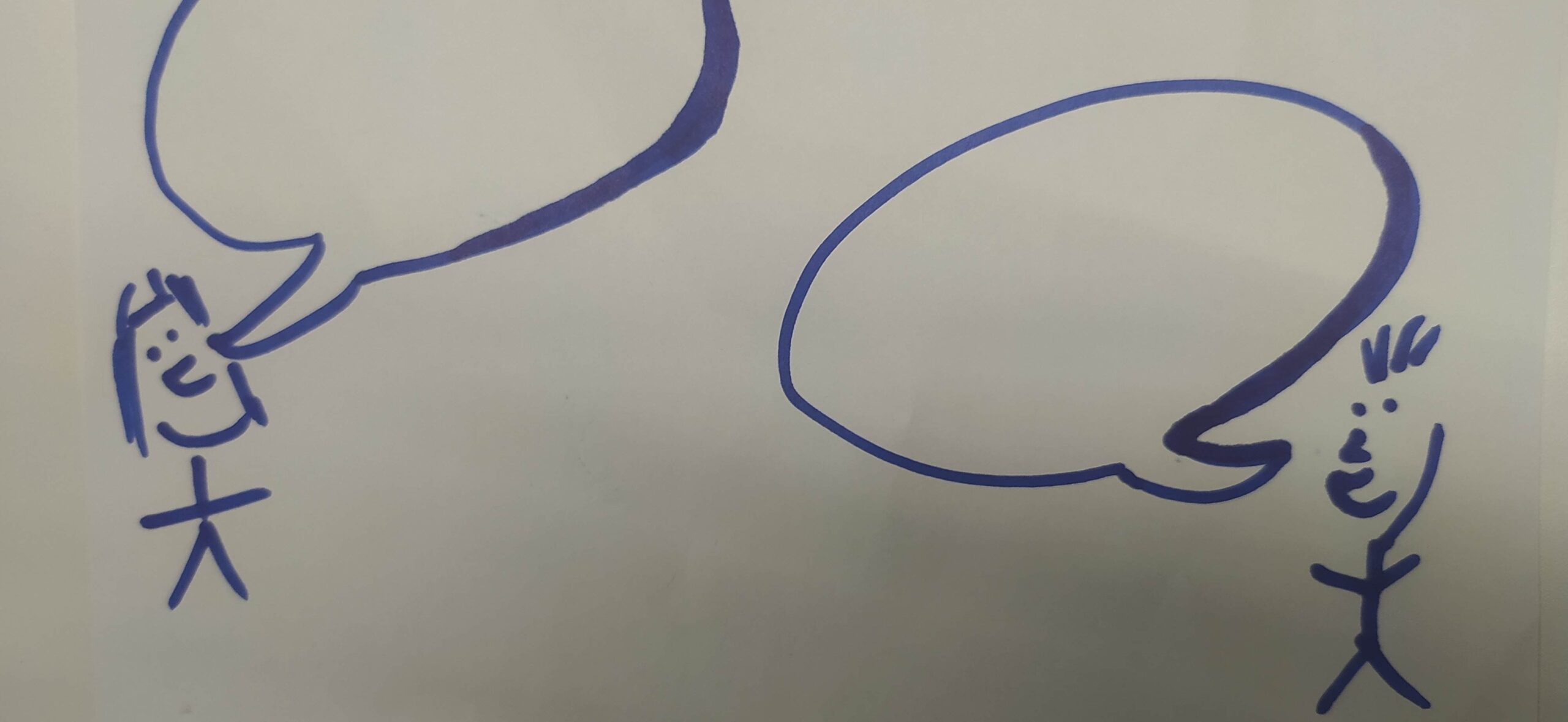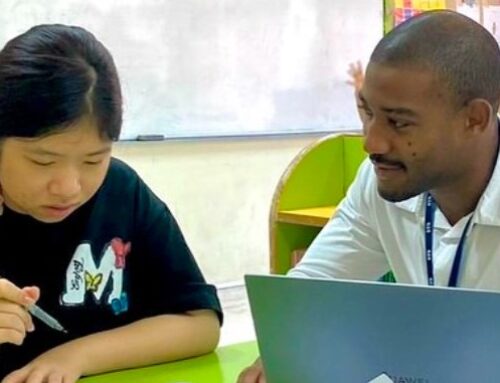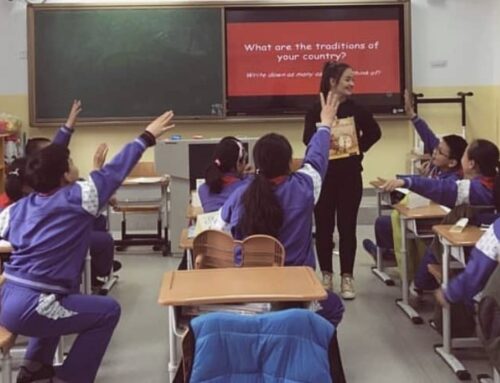By Ken, Teacher in Warsaw
In this blog we will concentrate on what it is like to teach students who don’t know a lot of English and/or are just starting to learn English. Learning a new language is especially difficult (especially Polish!) and can be very daunting. With all its tenses, grammatical structures, needless homonyms and inconsistencies in pronunciations, English isn’t exactly a walk in the park. The last thing we want to do is to scare the students before they have even started, so how do we introduce and teach beginner students this continuously confusing language?
Slow and steady wins the race
Tortoise, hare, you get the picture!
With beginner students, it is more important to establish the basics rather than focusing on fluency. At this stage it is just about slowly and gradually building the student’s vocabulary and introducing simple grammar such as past tenses of verbs. And as with all lessons I do, I would introduce the vocab and then get the students to use it themselves. For example, to practise past tense I would probably say something like “I saw my friends at the weekend, what did you do?” Practice is absolutely paramount as the student will likely be very unconfident and in many cases a little scared.
Also it is a must that you speak slowly, concisely and in very simple language. Even if what you say isn’t exactly 100% grammatically correct, it is all about just getting the student to understand. A good example would be saying “more high” instead of higher. Of course, try and not make this a habit! Using words that they understand is also a good way to help them understand other words/phrases etc.

Have a little…… (or a lot of) patience
Never thought I would be quoting Take That in a teaching blog but here we are! (for all you non-Brits it’s a popular band in the UK).
99.9% of the time, your new student will utter the words “I don’t understand”. The likelihood that they will have never ever heard of the words you are teaching is inevitable and you will have to think on your feet in order to explain things in such a way to help them understand. Drawings and hand gestures go a very long way, but I’ve had times where I’ve had to explain things 4 or 5 different ways before the student finally has a “Eureka!” moment and they understand. It can be trying, but perseverance and patience are key when teaching such students. Asking the student to verbally repeat grammar also helps with memorising grammar and words.
Lost in translation
Whenever I’ve had beginner students, they will always try to ask me a question, but not quite know how to say it. Always encourage them to describe what they want to say! It’s a great way to get them thinking and talking more, and of course it gives you a great opportunity to introduce more basic grammar. It will also give you the chance to teach the student all the wonders of what, where, who, when, why and not forgetting how!
It should also be noted that you should try and encourage the student to try and not speak Polish so that they get into the habit of trying to speak English even if it feels to them that they aren’t saying much. A little is better than nothing at all!
Rome wasn’t built in a day
As aforementioned, it is all about introducing the basics at this stage. Go too fast and the student will switch off, feel overwhelmed and lose interest. Lessons are normally quite a methodical procedure, but in my opinion they are even more methodical when teaching beginner students. It’s very easy to confuse these students so a clear structure has to be developed to enhance the student’s understanding. Everything should be step-by-step and not feel like an avalanche of alliterations and adjectives! Doing things in a logical order is extremely important. For example, if you’re doing a lesson about ordering at a restaurant you would go through the actions in order as if you were actually ordering at a restaurant and not start by asking for the bill.
 Repetition is the mother of learning
Repetition is the mother of learning
At a beginner level we need to make sure the student understands basic vocab and grammar. A good way of doing this is repetition and by that, I don’t mean to get the student to do the exact same thing 10 times! What I mean is that we should always be checking the student’s understanding. So for example, one lesson you could be teaching past tense and in a future lesson you could review past tense, perhaps in a different situation to broaden the student’s understanding and increase fluency and confidence. Repeating things helps people understand things and improves our memory. Just make sure it’s done in an interesting way! It should also be mentioned that this technique is important at any level, however I would say it’s even more important when teaching a beginner student. If the foundations are unstable then the house will crumble. If the basics aren’t taught properly then the student will find it progressively harder when more difficult grammar is taught.
The end of the beginning
Understanding that English is a difficult language to learn will help you teach beginner students effectively and clearly. Breaking things down into small bite-sized chunks, effectively teaching the basics and encouraging the student to speak, no matter how nonsensical they may think they sound, will ensure that your students improve their English and become much more fluent in the future.
If you’d like to see what opportunities are available this year, why not explore our programs page or submit an application?




